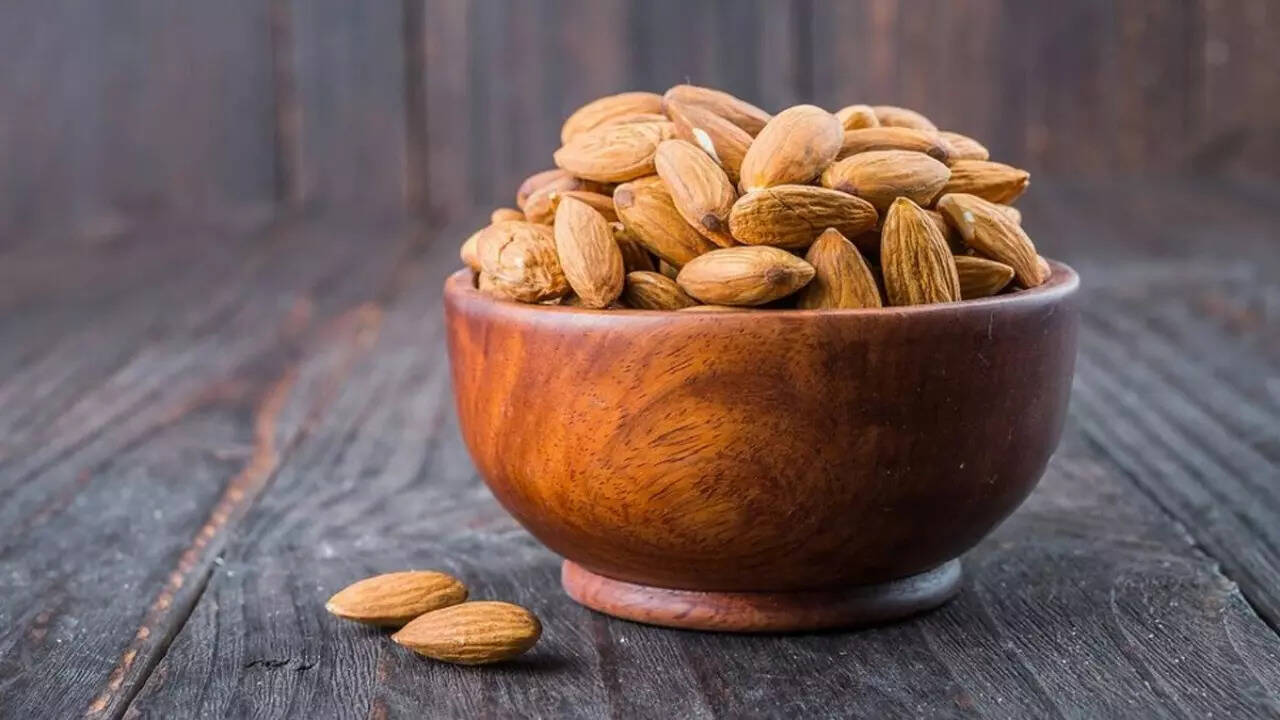Summary
Discover five frozen meals loaded with ultra-processed ingredients that could impact your health more than you realize.
Source: Eat This, Not That! on MSN.com

AI News Q&A (Free Content)
Q1: What are ultra-processed foods, and how are they typically manufactured?
A1: Ultra-processed foods (UPFs) are industrial creations derived from natural foods or synthesized from organic compounds. They are designed to be convenient and hyperpalatable, often containing additives like preservatives, colorings, and flavorings. UPFs undergo processes such as molding, extruding, hydrogenation, or frying. These foods include items like mass-produced bread, frozen pizza, and instant noodles.
Q2: How significant is the consumption of ultra-processed foods in Western countries?
A2: As of 2023, the consumption of ultra-processed foods is notably high in Western countries. In the United States, 58% of daily calories come from UPFs, while in the United Kingdom, it's 57%. These figures underline a significant reliance on UPFs in these regions, which is associated with various health concerns.
Q3: What are some health risks associated with consuming ultra-processed foods?
A3: Consumption of ultra-processed foods has been linked to non-communicable diseases and obesity. A 2024 meta-analysis identified 32 studies associating UPFs with negative health outcomes. However, the specific mechanisms behind these effects remain unclear, and there is some criticism about the lack of detailed explanations.
Q4: How does the Nova classification system categorize foods, and what role does it play in understanding ultra-processed foods?
A4: The Nova classification system categorizes foods based on their processing techniques. Ultra-processed foods are considered tertiary processed foods, often criticized for their role in promoting overnutrition and obesity due to high sugar and salt content. This classification helps in identifying foods that might be detrimental to health.
Q5: What recent research highlights the impact of early-life factors on adolescent health concerning processed food consumption?
A5: A 2025 longitudinal study in Spain assessed factors associated with overweight, obesity, and cardiometabolic risks in adolescents. It found that factors like pre-pregnancy obesity and smoking during pregnancy were positively associated with cardiometabolic outcomes. The study also noted that processed meat consumption was linked to increased waist-to-height ratio and body mass index in adolescents.
Q6: What criticisms exist regarding the concept of ultra-processed foods and the Nova classification?
A6: Critics argue that the concept of ultra-processed foods is poorly defined and that the Nova classification focuses too much on food types rather than consumption amounts. There's also criticism about the lack of attributed mechanisms explaining how UPFs affect body systems, despite their association with negative health outcomes.
Q7: What are the economic and health implications of the rising consumption of ultra-processed foods worldwide?
A7: The rising consumption of ultra-processed foods has significant economic implications, as these foods are designed to be highly profitable. Health-wise, their increase is associated with higher rates of non-communicable diseases and obesity, potentially leading to increased healthcare costs and a burden on health systems globally.
References:
- Ultra-processed food
- Food processing
- Ultra-Processed People
- Determinants of overweight and obesity and other cardiometabolic risks in adolescents: a Spanish longitudinal birth study





